Changing the diapers is a part and parcel of your early parenthood experiences. And it is often the skill (in this art) of the parents that keep the baby happy and comfortable. Whether it is early in the morning or late at night, you as parents are responsible for changing the diapers of your baby. Diaper changing is an art, but luckily the skills can be honed and perfected over a period of time. Most parents are ready to traverse extra miles and learn this art for the sake of their baby’s health and hygiene. So, if you are a recent or about to be a parent, the below questions, and more importantly their answers, would be immensely useful for you.
#1. How to know that a diaper is wet?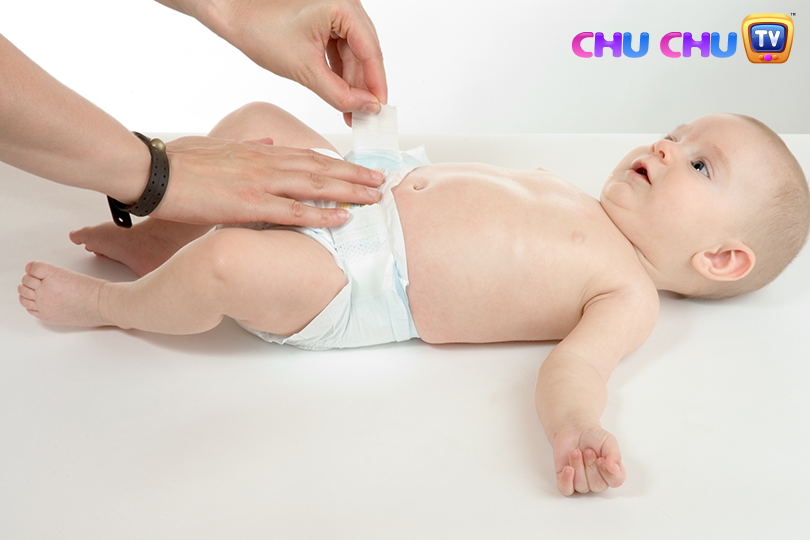
As your newborn is still not able to talk or communicate its problems in any way, it becomes essential to look for clues that tell that a diaper is wet. The first thing to notice would be grunts and grimace on the face of your baby, just before it poops. In some instances, you have to smell it out to get the clue. Modern disposable diapers come with liquid sensitive, colour changing stripes that can easily tell whether it is wet or not. In case of the cloth diapers, a quick feel will tell you whether the diaper is wet or not.
#2. How to get ready for a diaper change?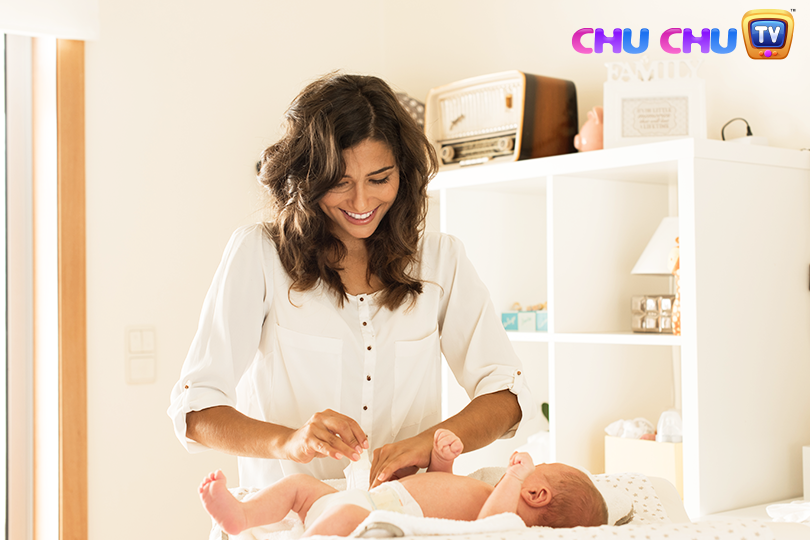
When your baby needs a change of diapers, you cannot just rush into the act. There needs to be a preparation in place. Your first task is to gather the essential stuff, so have these on your list.
#a.) Clean Diapers:
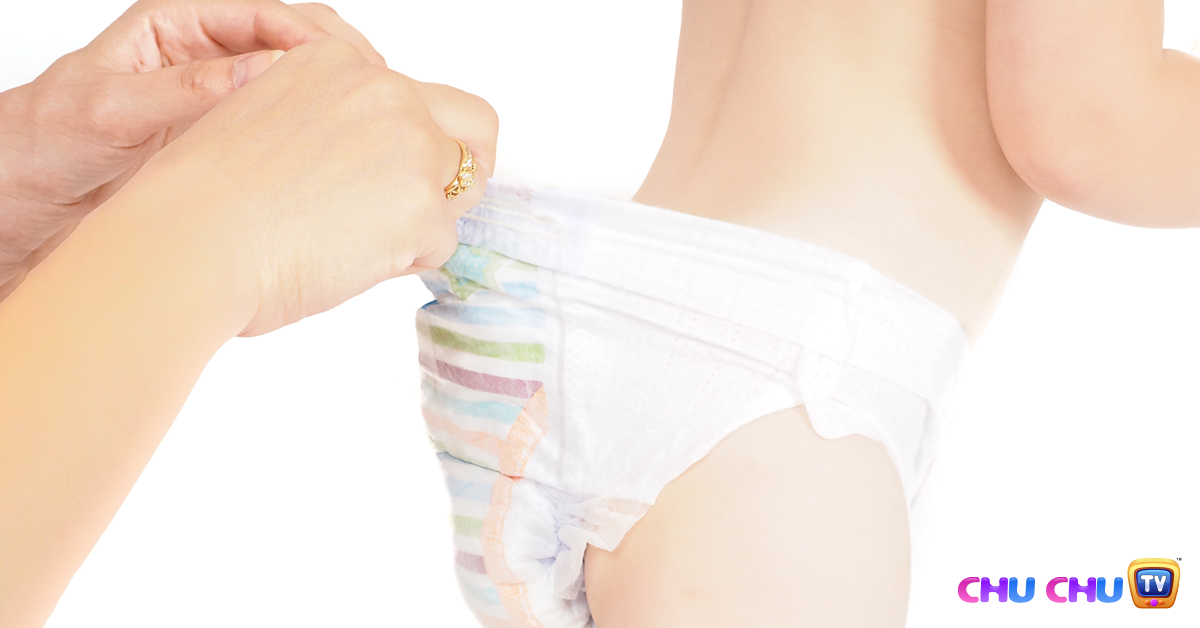
Before changing dirty diapers, you should always have a couple of fresh ones beside you.
#b.) Wipes, Washcloths or Clean Cotton Balls: 
For newborns under one month of age use warm water and cotton balls to clean the baby. You may later use the washcloth to dry the baby. For other older babies, pre-moistened wipes are a good choice.
#c.) Clean Diaper Wraps: 
If you use the cloth diapers, then arrange for the clean diaper wraps or waterproof pants beforehand.
#d.) Diaper Change Stations: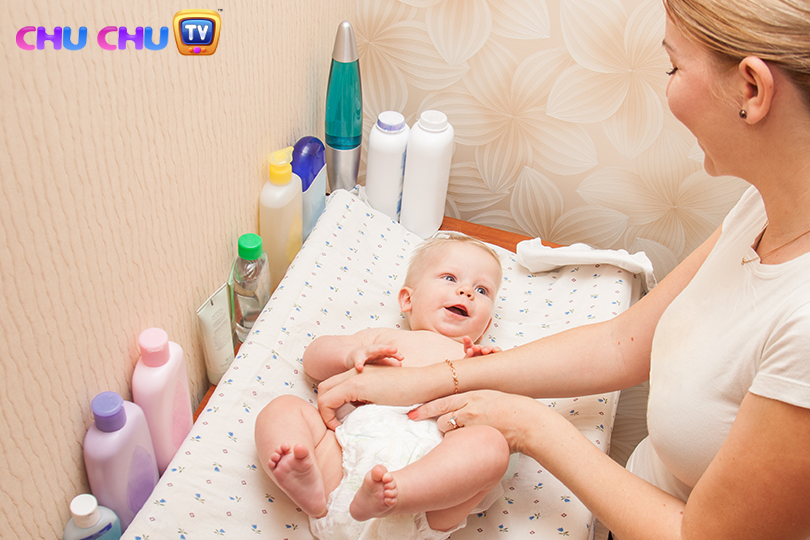
There should be at least a couple or more of baby diaper changing station spread through the house. These stations save the time and energy of having to run to the child’s room every time for a quick diaper change. The station should have new diapers, wipes, creams and wipes to make diaper changing an easy and breezy affair.
#e.) Ointment to combat diaper rash: 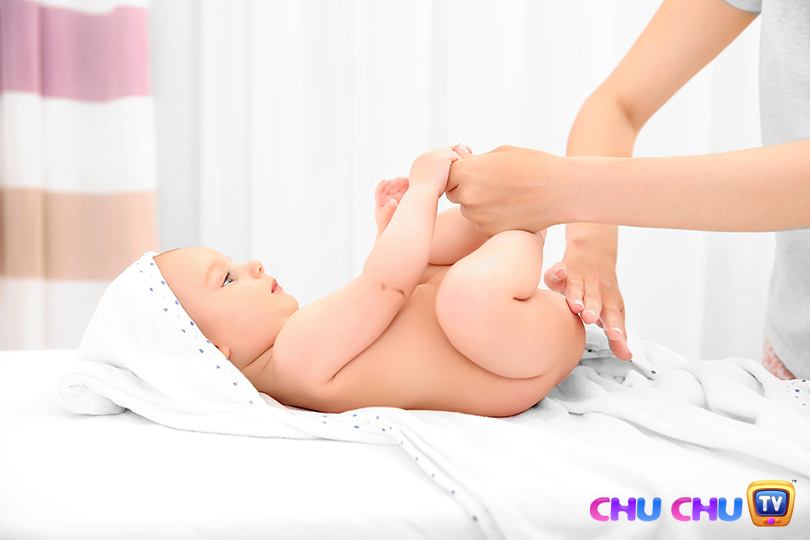
Diaper rashes should be taken really serious. Rashes can be quite painful for the baby, affecting the poop and pee behavior of the baby. The rash creams create a barrier between the tender bottom portion and the irritating skin, giving comfort to the baby. When the baby has rashes, do not apply other lotions, powder or baby oil. Application of diaper rash ointments will do the task for you.
#f.) The Caring Touch: 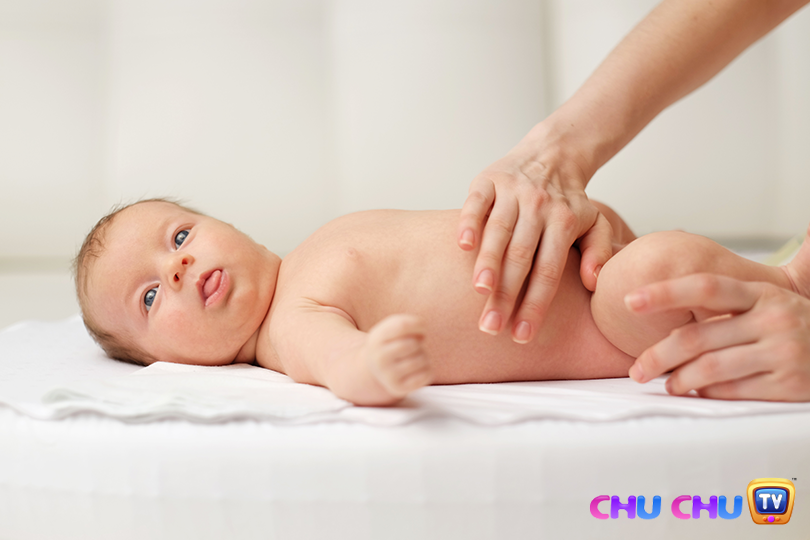
A soft and gentle voice and a caring touch can make the diaper changing a much simpler task. Babies love these and will cooperate with you.
#g.) Set-up a Distraction: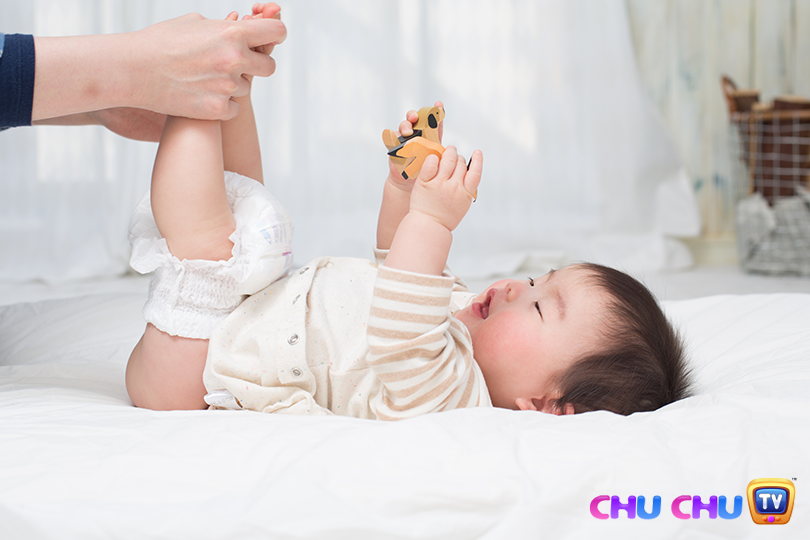
Place some toys, music box or any other things within the eye-line of the baby that would keep the baby engaged while you go about the task of changing the diapers. Babies have the habit of wriggling during the diaper changes, so a distraction is essential.
#3. How to change the Diapers?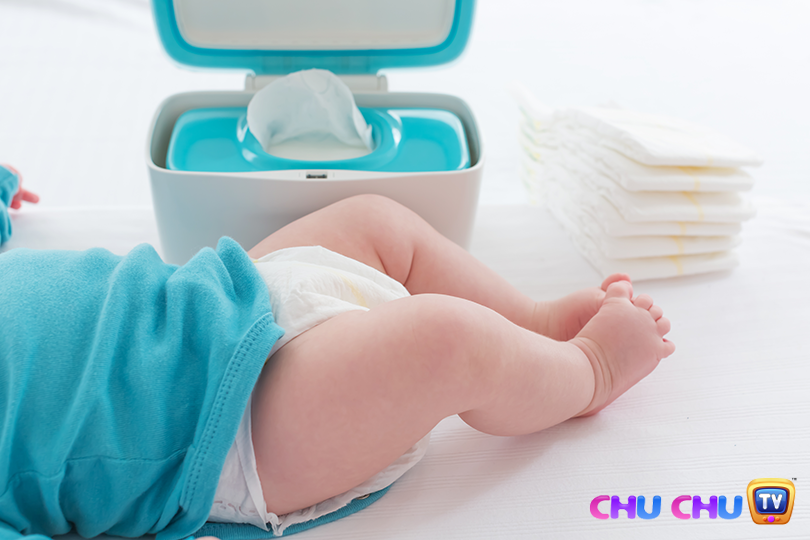
Having arranged the essentials for diaper change, you can now proceed to clean up the baby.
#a.) Start with the Distraction: 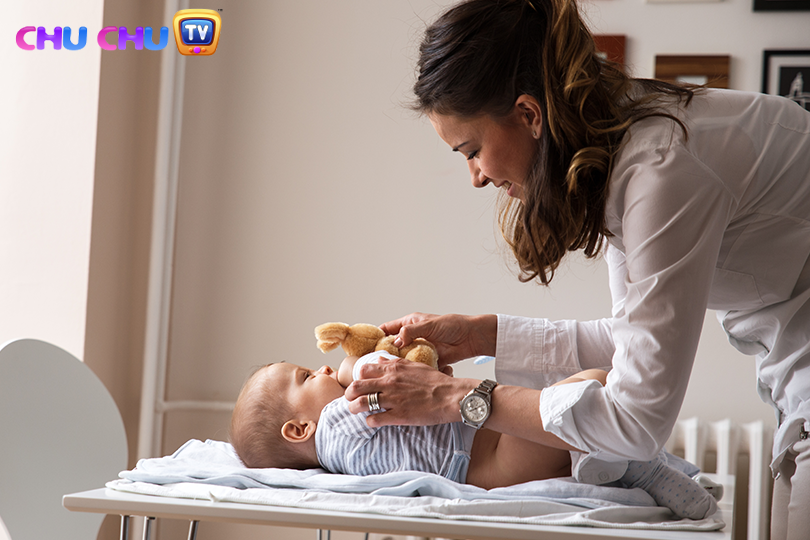
It can be a really big challenge to have your baby lie still during the diaper change routine. This is why you need to keep the baby occupied during the entire process. You can sing a song; play some videos or songs on the mobile, hand the baby his special toy, etc. Let the baby focus upon the distraction before starting the diaper change.
#b.) Down with the Dirty: 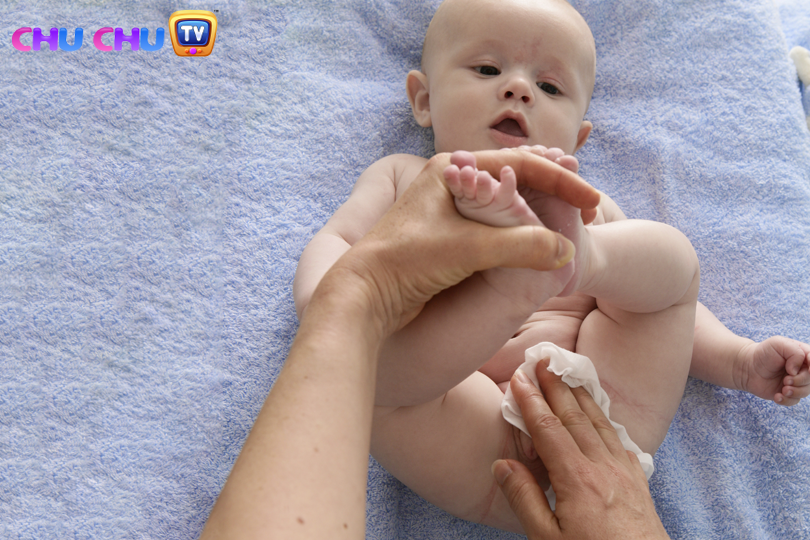
Slowly unfasten the dirty diaper. Don’t let the stench delay your process, for every second is crucial during this stage. Clean the poop as much as possible with the clean part of the used diaper and then fold it in a type of roll (with the clean side upwards). This roll should be placed under the baby’s bottom, while you are cleaning it. You have to quickly take up a wipe and start cleaning the poop from the bottom. Make sure you get into the creases between the baby’s buttocks and legs and clean up all the poop and pee traces. Once you are done with the cleaning, pat the baby’s buttocks dry with a soft towel.
#c.) Wash your Hands: 
You might want to wash your hands at least once or twice in between the diaper change or you can use wet wipes for this purpose too. Make sure your hands are clean before you touch the delicate parts of the baby.
#d.) Secure the Baby: 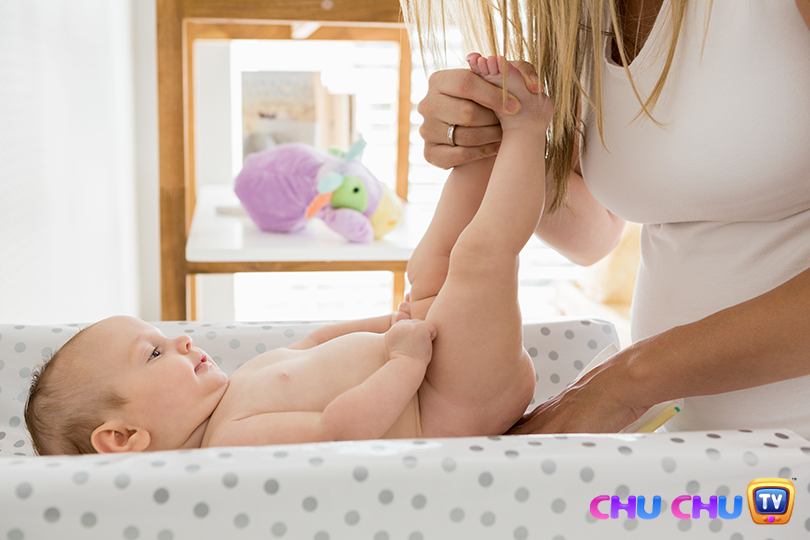
When you are performing the diaper changes on a table it is essential to fasten or hold the baby with one hand. Babies have the habit of wriggling while you clean their bottoms and this means they could easily fall from the table. So, the necessary precautions are needed before you start cleaning.
#e.) Special Tips for Boys: 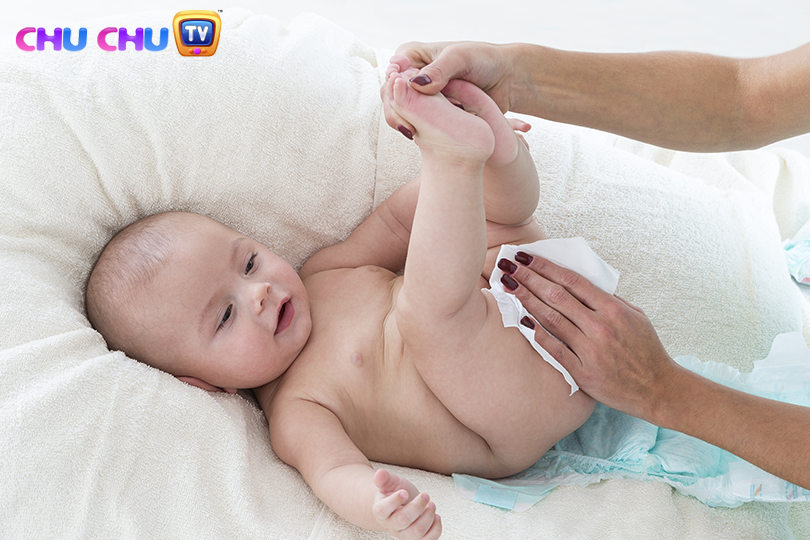
Boys can surprise you with a fountain of pee midway through the cleaning regime. This is why you should keep their penis covered with a dry cloth whenever he is kept undressed. Erections are quite normal for the baby, so do not be afraid of going ahead and cleaning the penis and scrotum area in details. Before you put the new diaper on, make sure that the penis is pointing downwards. This will minimize the chances of leaks.
#f.) Special Tips for Girls: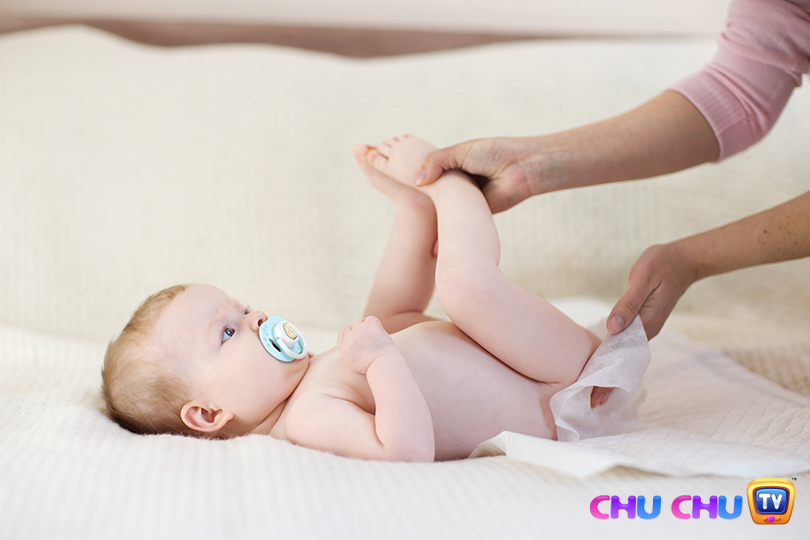
The girls have to be wiped tenderly on their front and back side to avoid the poop remaining stuck to the vaginal area. You need not open the Labia and clean inside, even when you see white discharges.
#g.) Re-dress the Baby: 
Once you have cleaned, take away the dirty diaper and fastened the new one neatly in place, it is now time to quickly dress up the baby.
#4. How to Dispose of the Dirty Diaper?
If your diaper is disposable, wrap it up in the form of a ball and then use tab fasteners to keep it as it is. Throw this diaper away in a waste bucket with tight-fitting lid. Do not throw the diaper into the toilet and try to flush it out. If you are out of station, make sure to carry plenty of plastic bags. Put the dirty diapers in the bags and then tie its mouth, before throwing the diaper into a trash can.
#5. Are Baby Powders and Diaper Creams safe for the Baby?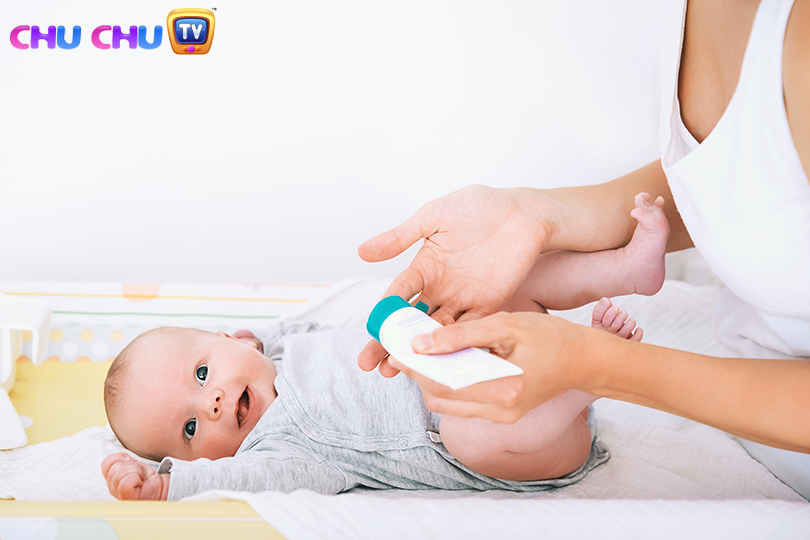
Most health experts recommend against the use of baby powder. Many studies have found that baby powders can cause breathing problems, choking, lung problems and many other serious health issues. The same has been recommended against the diaper creams. You should not use these creams on a regular basis and apply it only when you want to create a barrier between the baby’s skin rashes and the surface of the diaper.
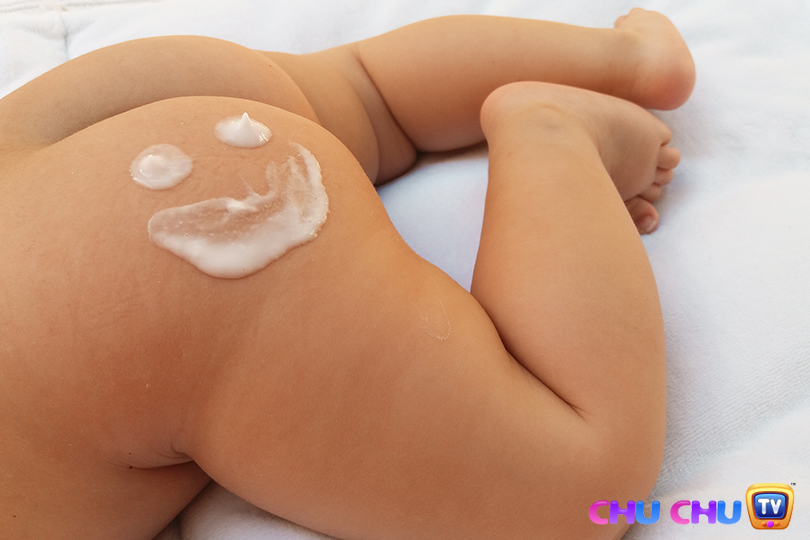
The diaper creams mostly contain petroleum jelly or zinc oxide and are compatible only with the disposable diapers. While applying the cream, make sure you provide at least a couple of minutes’ gap between the cleaning and cream application. This time gap allows the area to dry up.
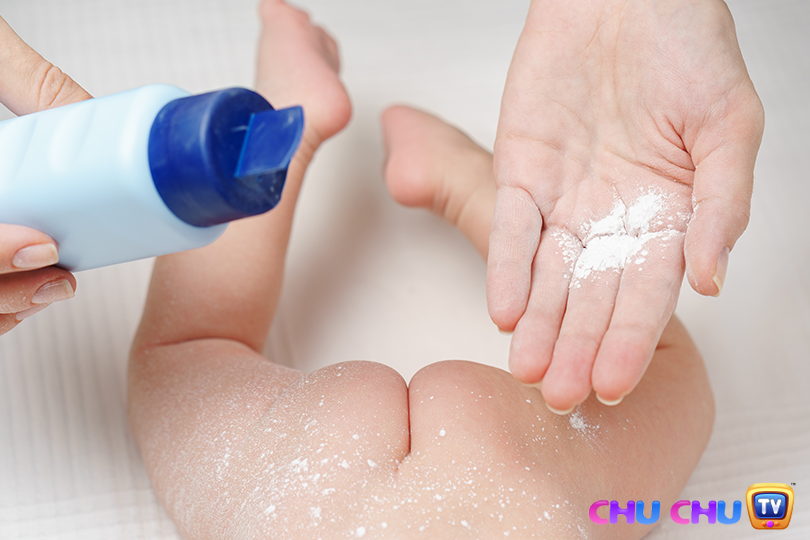
That’s it! You now have all the information needed to change a diaper. Hope this information and your regular practice of the skill, will soon turn you into a master of the art!



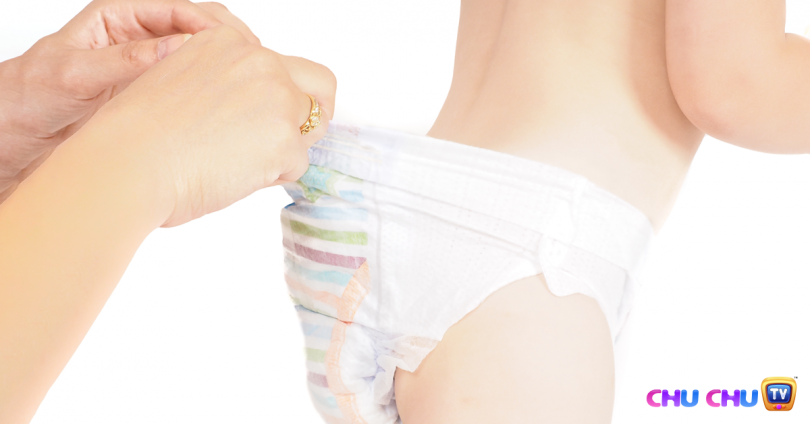
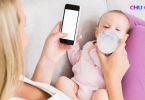

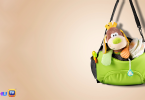

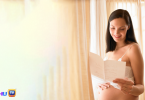

Leave a Comment